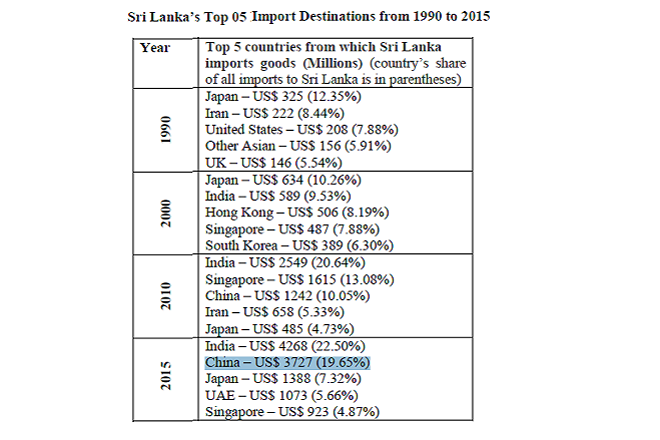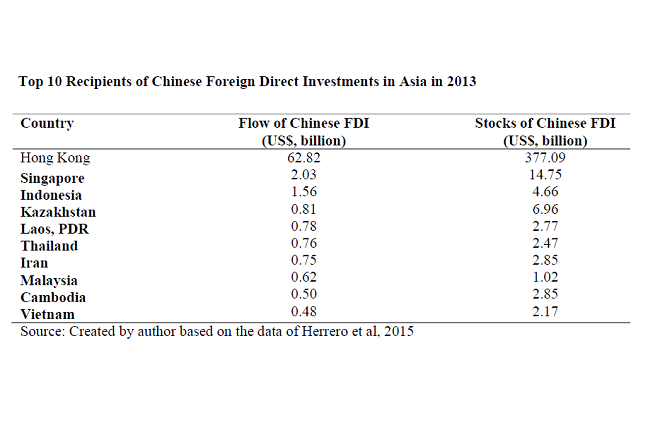online pharmacy buy tamiflu with best prices today in the USA
The paper argues that Sri Lanka’s relatively low rank among China’s economic partners challenges some claims about China’s contributions to the island's economy. It also highlights the necessity of engaging more effectively to increase investment and tourism.
online pharmacy buy spiriva inhaler with best prices today in the USA
buy doxycycline online https://qpharmacorp.com/wp-content/uploads/2023/08/png/doxycycline.html no prescription pharmacy
The strategic location of Sri Lanka, between key shipping lanes and the so-called ‘String of Pearls’, has enhanced the two countries’ economic relations in recent years. The paper by Ravindra Deyshappriya titled, "Sri Lanka – China Economic Relations in Comparative Perspective: Ample Room to Grow," is the first in a series of working papers.
buy nolvadex online https://qpharmacorp.com/wp-content/uploads/2023/08/png/nolvadex.html no prescription pharmacy
"While a flood of imports from China and sluggish exports to China have resulted in a dramatic trade deficit of Sri Lanka, imports from China remain vital for Sri Lanka’s garment industry, which drives Sri Lankan exports.
buy albenza online https://www.indcheminternational.com/wp-content/uploads/2022/08/png/albenza.html no prescription pharmacy
" Although China has been the top FDI donor and lender to Sri Lanka in recent years, Chinese FDI to Sri Lanka is still very low compared to China’s FDI in other Asian countries. "This relative gap, together with Sri Lanka’s status as a founding member of the newly-established AIIB, indicates that Sri Lanka has potential to seek and attract more investments, grants and loans from China.
online pharmacy buy keflex with best prices today in the USA
"
 Although China is the fastest growing source of tourist arrivals to Sri Lanka, Sri Lanka is currently not even among the top 25 tourist destinations of China, according to the author.
The share of Chinese tourist arrivals to Sri Lanka is just 0.
Although China is the fastest growing source of tourist arrivals to Sri Lanka, Sri Lanka is currently not even among the top 25 tourist destinations of China, according to the author.
The share of Chinese tourist arrivals to Sri Lanka is just 0. online pharmacy buy diflucan with best prices today in the USA
online pharmacy buy ventolin with best prices today in the USA
06 percent of China’s total outbound tourists, and it is drastically lower than the number of outbound Chinese tourists to other Asian countries.
online pharmacy buy ciprodex with best prices today in the USA
online pharmacy buy estrace with best prices today in the USA
For more beneficial economic relations, the paper recommends that Sri Lanka develops new export products that are increasingly demanded in Chinese markets, and which have lower or no tariffs applied to Sri Lankan exports. It also recommends that Sri Lanka maintains a higher level of credibility among potential investors, including via its legal framework.
online pharmacy buy abilify with best prices today in the USA
Finally, it advocates promoting Sri Lanka as a tourism destination among growing China’s middle class, including by facilitating Chinese tourists’ needs.
online pharmacy buy levofloxacin with best prices today in the USA
Each of these would address the untapped and ample ‘room to grow’ in trade, investment, and tourism. The paper can be viewed here

